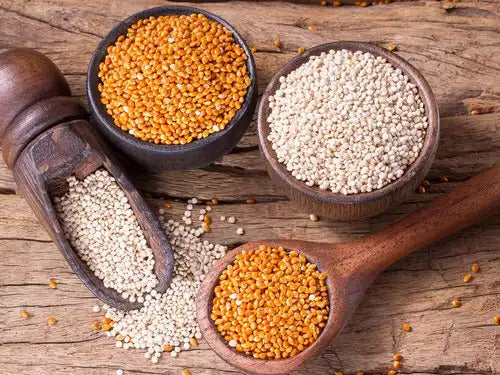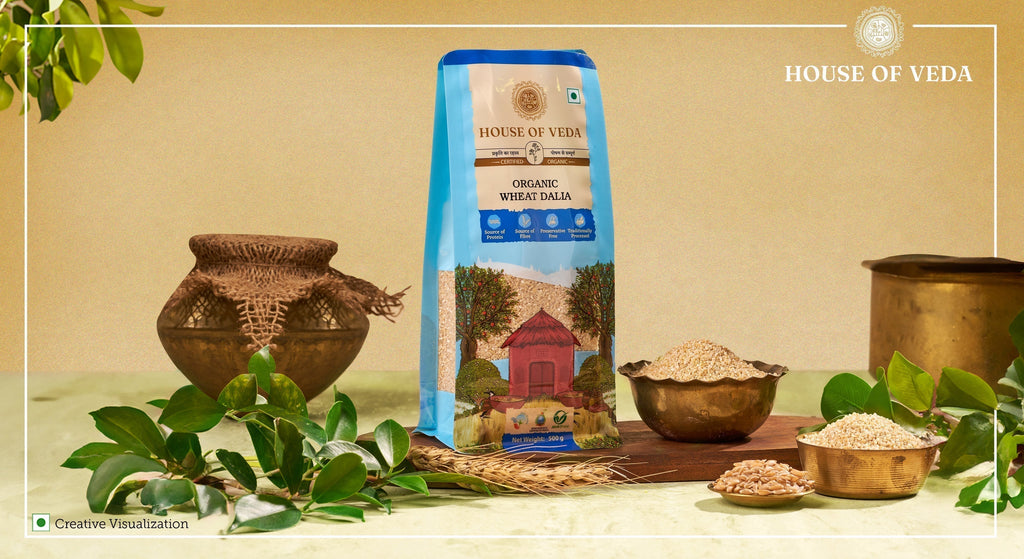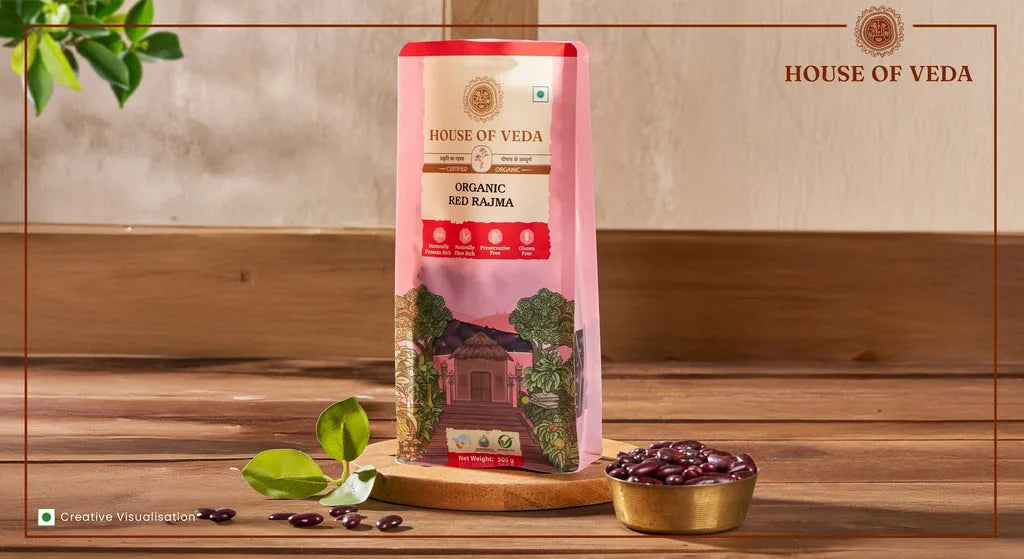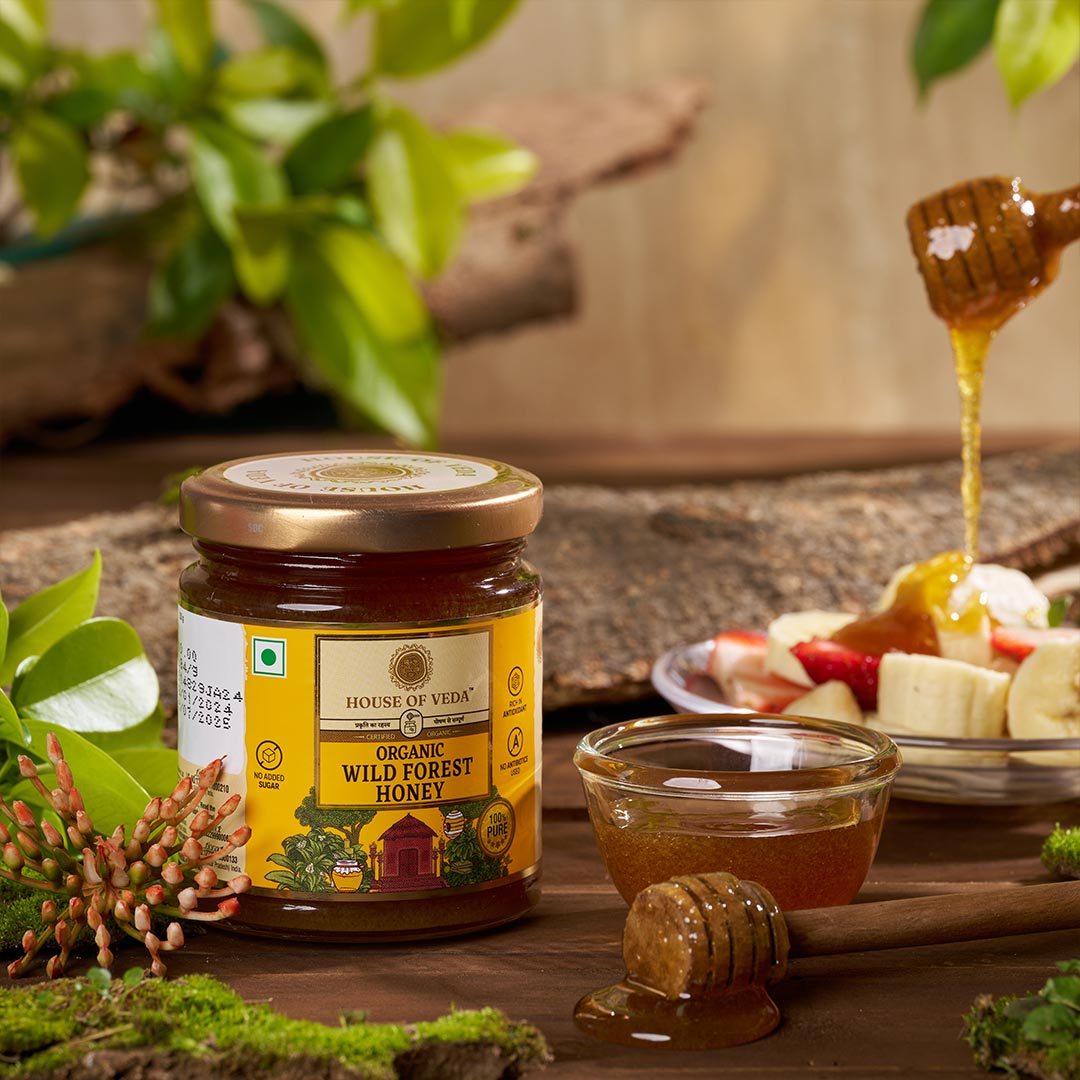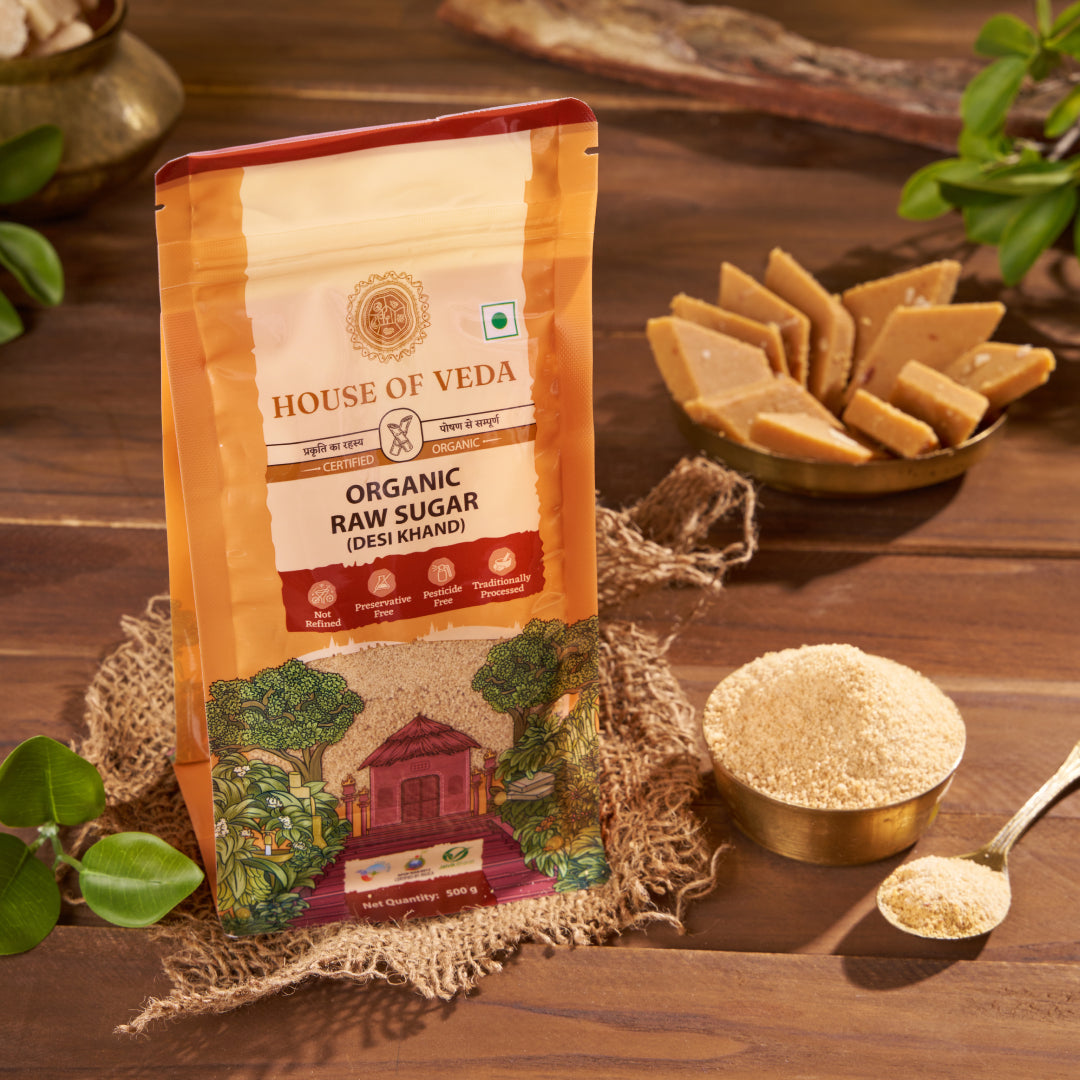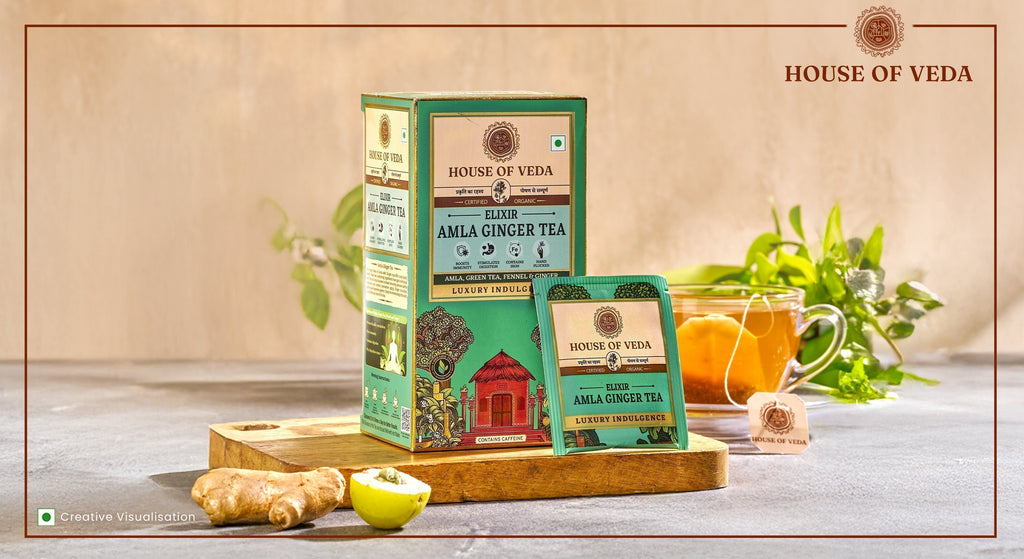
Amla Superfood : Health Benefits, Uses, and Nutrition Facts

Introduction
In a world filled with superfoods from across the globe, sometimes the most powerful ones are right in our backyard. Amla, or Indian Gooseberry, has been a staple in Ayurvedic medicine for centuries and is now gaining global attention for its immense health benefits. Let’s dive deep into why Amla deserves a permanent place in your daily wellness routine.
What is Amla (Indian Gooseberry)?
Amla, scientifically known as Phyllanthus emblica, is a small green fruit with a tangy-sour taste. Native to India, it has been used for thousands of years in Ayurvedic healing, not only as a dietary supplement but also as a base for several tonics, oils, and herbal remedies. It is mainly harvested during the autumn season and can be consumed raw, dried, or in powder, juice, tea, and candy forms.
Why Is Amla Called a Superfood in Ayurveda?
Amla is considered a "Rasayana" in Ayurveda which means a rejuvenating herb that promotes longevity and vitality. It’s one of the key ingredients in the famous Ayurvedic formulation “Chyawanprash.”
It has powerful tridoshic properties that help balance all three doshas including Vata, Pitta, and Kapha, making it suitable for almost every body type. According to Ayurvedic texts, Amla enhances ojas (vital energy), supports digestive fire (agni), and improves overall resilience.
Organic Amla vs. Conventional Amla: What Makes It Better?
Organic Amla is grown without harmful pesticides, fertilizers, or synthetic chemicals, preserving its full nutritional profile and purity.
In contrast, conventional farming may involve chemical treatments that can degrade the potency of Amla and leave behind residues. House of Veda’s organic Amla products are ethically sourced, cold-processed, and minimally handled to retain the highest quality.
What is Amla in Ayurveda?
In Ayurvedic literature, Amla is described as having a cooling energy (sheet virya) and sour taste (amla rasa), with a post-digestive effect (vipaka) that supports all body systems.
It is highly regarded as a sattvic food that promotes clarity, balance, and spiritual growth. In traditional practices, Amla is believed to strengthen the five elements of the body (earth, water, fire, air, and space) and is commonly used as a base in many classical formulations due to its unique ability to pacify all three doshas.
Its high pranic energy and rejuvenating effects are used for:
- Boosting immunity and vitality
- Reversing early signs of aging, including dull skin and fatigue
- Promoting tissue regeneration and cellular repair
- Strengthening sense organs such as the eyes and ears
- Enhancing mental clarity and cognitive functions
- Supporting healthy digestion and assimilation of nutrients
Its role in Ayurvedic daily rituals like dinacharya (daily routine) and ritucharya (seasonal regimen) further highlights its importance in holistic health.
Amla’s Nutritional Value: What Makes It So Powerful?
Amla contains which vitamin?
Amla is one of the richest natural sources of Vitamin C. One Amla fruit contains about 600–700 mg of Vitamin C — about 20 times more than an orange.
Antioxidant Profile
- Polyphenols
- Flavonoids
- Gallic acid
- Ellagic acid
Other Key Nutrients
- Calcium
- Iron
- Phosphorus
- Carotene
- Vitamin B complex
These nutrients help in cellular repair, neutralizing free radicals, and boosting collagen production.
Top Health Benefits of Amla
Some of the health benefits of this superfood are:
1. Immunity & Gut Health
Vitamin C and antioxidants in Amla provide robust protection against common infections and strengthen the body's natural immune response. It helps in maintaining a healthy gut by fostering good bacteria, soothing inflammation, and aiding nutrient absorption. Amla’s alkaline nature helps balance the gut pH, contributing to overall digestive harmony.
2. Weight Loss & Metabolism
Amla accelerates metabolism and aids in better fat burning. Its high fiber content promotes satiety, helping you feel full for longer and reducing unnecessary snacking. Additionally, it helps regulate lipid levels, which plays a role in managing body weight and cholesterol levels.
3. Liver Support
Amla is a powerful liver cleanser. It supports detoxification pathways, flushes out harmful toxins, and enhances the regeneration of liver tissues. Regular consumption helps lower liver enzymes, making it a natural tonic for improving overall liver function and health.
4. Eye Health
Rich in Vitamin A and carotene, Amla contributes to improved vision and reduces the risk of cataracts, macular degeneration, and night blindness. It is also believed to soothe eye strain caused by prolonged screen time, which is especially helpful in today’s digital era.
5. Diabetes Control
Amla helps regulate blood sugar levels by improving insulin sensitivity and stimulating insulin production. Its chromium content assists in reducing fasting blood glucose levels and preventing sugar spikes after meals. It’s also beneficial in reducing oxidative stress linked to diabetes.
6. Anti-Aging and Cellular Health
Alma has rich antioxidant content that helps combats free radicals causing cell damage and premature aging. It supports DNA repair, improves skin elasticity, and slows down signs of aging like fine lines and wrinkles. Amla is considered a beauty enhancer from within.
7. Heart Health
Amla helps reduce bad cholesterol (LDL), increases good cholesterol (HDL), and prevents plaque formation in the arteries. This contributes to better cardiovascular health, reduced blood pressure, and a lower risk of heart-related ailments.
8. Mental Clarity & Brain Health
Its rejuvenating properties extend to brain health by improving concentration, memory, and cognitive functions. The neuroprotective effects of Amla make it valuable for students, professionals, and the elderly alike.
Medicinal Uses of Amla in Ayurveda
Amla is widely revered in Ayurvedic medicine for its “Rasayana” or rejuvenative properties. It works on a deep cellular level, nourishing the tissues and restoring vitality. Traditional Ayurvedic texts describe it as a single solution for numerous ailments.
Rasayana Property
Amla is believed to delay the aging process, improve memory, enhance immunity, and support all vital organs. It is commonly prescribed as part of long-term health restoration programs.
Amla on Empty Stomach
Taken first thing in the morning, Amla boosts the digestive fire (agni), detoxifies the gastrointestinal tract, and stimulates metabolism. It is especially effective when consumed as juice or in powder form mixed with warm water.
Dosha Balancing
- Vata: Amla provides lubrication to joints and nourishment to tissues, combating dryness and restlessness.
- Pitta: With its cooling nature, Amla helps reduce inflammation, acidity, and excess heat in the body.
-
Kapha: It breaks down mucus, aids in weight loss, and enhances respiratory health.
Amla for Skin: Brighten, Detoxify & Glow Naturally
Amla’s high Vitamin C content and antioxidant profile make it a natural skin enhancer. It purifies the blood, supports collagen production, and offers protection from UV damage and pollution.
- Brightens Skin: Regular consumption and topical application reduce pigmentation and dark spots, leaving skin radiant.
- Anti-Aging: Amla slows the appearance of fine lines, wrinkles, and sagging by promoting collagen synthesis and cellular repair.
- Fights Acne: Its anti-inflammatory and antibacterial nature helps reduce acne and soothe irritated skin.
-
Skin Detox: Amla purifies the blood, flushing out toxins that can cause dullness and breakouts.
Amla for Hair Health
Is Amla good for hair? Absolutely. It strengthens roots, prevents premature greying, and improves scalp health.
Amla is often dubbed the “hair elixir” in Ayurveda, and for good reason. Its rich content of Vitamin C, antioxidants, tannins, and essential fatty acids makes it a powerful natural remedy for most hair problems. It has been a traditional ingredient in herbal hair oils, tonics, and shampoos for centuries.
- Prevents Premature Greying: Amla helps maintain melanin levels in hair follicles, delaying the onset of grey hair naturally without any harsh chemicals. Its potent antioxidant action prevents free radical damage, one of the major causes of premature greying.
- Strengthens Roots: It deeply nourishes the scalp and fortifies hair follicles, reducing hair breakage and promoting stronger, healthier strands. Amla’s high iron and carotene content are essential for maintaining hair structure and density.
- Promotes Growth: Regular use of Amla improves blood circulation in the scalp, which delivers oxygen and nutrients directly to hair roots. This promotes faster hair growth and helps with hair thinning issues.
- Controls Dandruff & Scalp Irritation: With its anti-inflammatory, antibacterial, and antifungal properties, Amla soothes the scalp, reduces itching, and combats dandruff without drying out the skin.
- Enhances Shine and Volume: Amla imparts a natural shine and softness to the hair, making it look visibly healthier. It also improves hair texture, making it smoother and easier to manage.
How to Use
- Hair Oil: Mix Amla powder or juice with coconut, sesame, or castor oil. Heat slightly, let it cool, and massage onto the scalp. Leave overnight or for a few hours before washing.
- Hair Mask: Combine Amla powder with yogurt, aloe vera, or fenugreek paste to make a nourishing hair mask. Apply to scalp and hair, leave for 30 minutes, and rinse off.
- Internal Use: Drinking Amla juice daily (20–30 ml) or taking Amla powder with warm water helps nourish hair from the inside out.
Tip: For best results, use Amla-based hair treatments at least twice a week. Look for organic, chemical-free Amla products to avoid synthetic additives that may irritate the scalp.
How to Eat Amla: Raw, Powder, Juice & More
- Raw Amla: Cut and sprinkle with pink salt.
- Amla Candy: A tasty, travel-friendly snack.
- Amla Juice: 30 ml daily diluted with warm water.
- Amla Powder: Add to smoothies or take with honey.
Can we eat Amla at night? It’s best consumed in the morning on an empty stomach, but it can be taken at night if it doesn’t cause acidity.
Honey Amla: A Tasty Way to Boost Immunity
Mixing Amla powder or grated fresh Amla with raw honey makes it more palatable and increases bioavailability of nutrients.
- Recipe Tip: 1 tsp Amla powder + 1 tsp honey daily.
- Timing: Ideal before breakfast or in the evening for an energy lift.
Amla Teas: Sip Your Way to Wellness
-
Amla Ginger Tea: Improves digestion and immunity

-
Tulsi Amla Tea: Stress-reducing and respiratory tonic
Best Time to Drink: Morning or after meals
Conclusion: Why Amla Belongs in Your Routine
Whether you’re looking to strengthen immunity, improve skin and hair, or simply feel more energized, Amla offers a natural, time-tested solution. Choosing organic Amla ensures you get the full spectrum of its benefits without harmful residues.
Explore Amla in the form that suits you best, juice, tea, powder, or raw fruit and experience the holistic power of this Ayurvedic gem.
Elevate your wellness with Amla, rich in antioxidants and essential nutrients. Shop organic Amla products at House of Veda and nourish your body the natural way.
FAQs
Q. How much Vitamin C does one Amla contain?
A single Amla contains approx. 600–700 mg of Vitamin C.
Q. Is Amla good for hair growth?
Yes, Amla strengthens follicles, promotes growth, and reduces greying.
Q. Can we eat Amla at night?
Preferably morning, but if no digestive discomfort occurs, it’s fine at night.
Q. Is Amla safe during pregnancy?
Yes, in moderate amounts, it helps with digestion and immunity. Consult a doctor first.
Q. Who should avoid Amla?
Those with hyperacidity or sensitivity to sour fruits should use caution or consult a physician.
"The House Of Veda Stands By The V-E-D-A Principles. Every Blog We Write And Every Product We Offer Is Built On Verified Experience And Expertise. We Are Committed To Dependability And Authenticity, Ensuring That Our Community Receives Nothing But The Best In Organic Wellness."
"V-E-D-A" (Experience, Dependability, Authority, And Authenticity)


